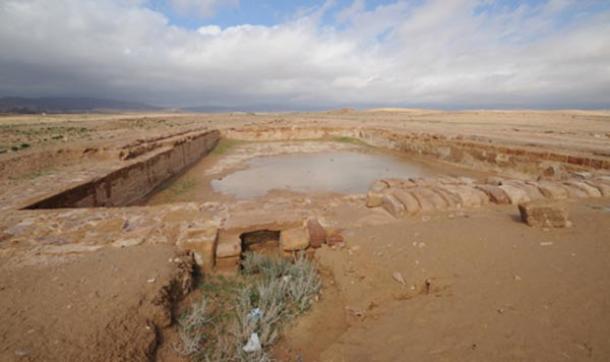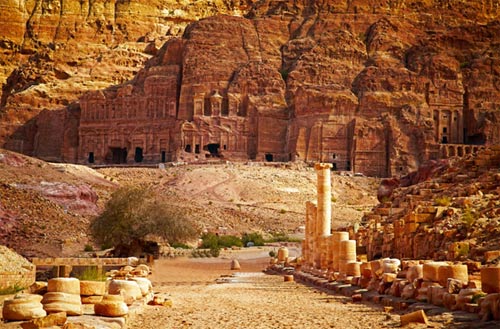OF THE
TIMES
A nation that continues year after year to spend more money on military defense than on programs of social uplift is approaching spiritual doom.
What do they say? Birds of a feather....
Way to avoid mentioning that 24 Billion for the tiny hat devils Kunstler.
She is wrong; Justin Trudeau knows that the Earth is warming because he studied drama at University. My Liberal friends can't be wrong, even if...
Did anyone ask those countries first if they want the US "protection"? :O
That death toll number is likely a conservative one.
To submit an article for publication, see our Submission Guidelines
Reader comments do not necessarily reflect the views of the volunteers, editors, and directors of SOTT.net or the Quantum Future Group.
Some icons on this site were created by: Afterglow, Aha-Soft, AntialiasFactory, artdesigner.lv, Artura, DailyOverview, Everaldo, GraphicsFuel, IconFactory, Iconka, IconShock, Icons-Land, i-love-icons, KDE-look.org, Klukeart, mugenb16, Map Icons Collection, PetshopBoxStudio, VisualPharm, wbeiruti, WebIconset
Powered by PikaJS 🐁 and In·Site
Original content © 2002-2024 by Sott.net/Signs of the Times. See: FAIR USE NOTICE


Us(now) or them(then) I seriously state that the world was far better off before the 'misogynistic patriarchal hierarchy' took over religion and government